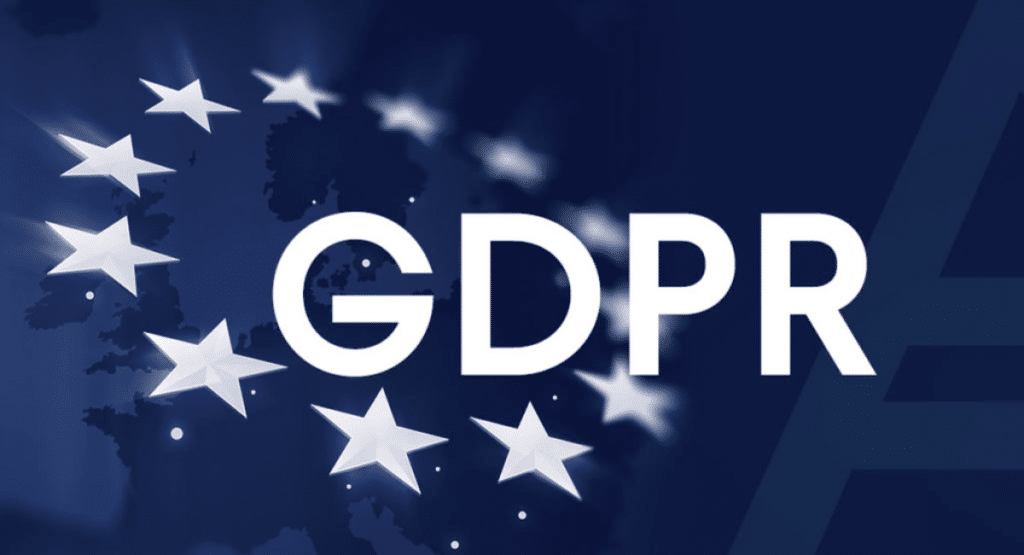
GDPR -The benefits of using Digiseg audience data for marketing
But there was a problem
Nearly all targeting was based on cookies and personal data, and consumers began complaining. The EU listened to those complaints and responded by enacting GDPR. In the process, they upended the third-party behavioral data market. The industry has been scrambling for ways to allow marketers to continue using third-party data without running afoul of regulators.
For instance, they’ve created systems that hash personal data so that it is fully anonymized.But for many legal departments within brands, this approach isn’t enough. In fact, cookie use, in general, makes them uneasy. Lawyers for brands now pore over contracts, delaying the launch of campaigns and making the process far more onerous. The writing is on the wall: the digital advertising ecosystem needs to find an alternative to third-party data for marketing initiatives. This is where public data comes in.
What is Public Data?
Digiseg Audience Data is Built on Public Data
| Public Data (Digiseg Audience Data) | Third-Party Data |
|---|---|
| No Cookies | Cookie-based |
| Covers 100% of the population | Covers less than 20% of the population |
| Segmentation based on stable characteristics: Number of children, household income, education levels, etc. | Segmentation based on clicks, site visits, interactions |
| High level of stability | Highly unstable |
| 62.5% viewable | 50% viewable |
| 0.60% CTR | .09% CTR |